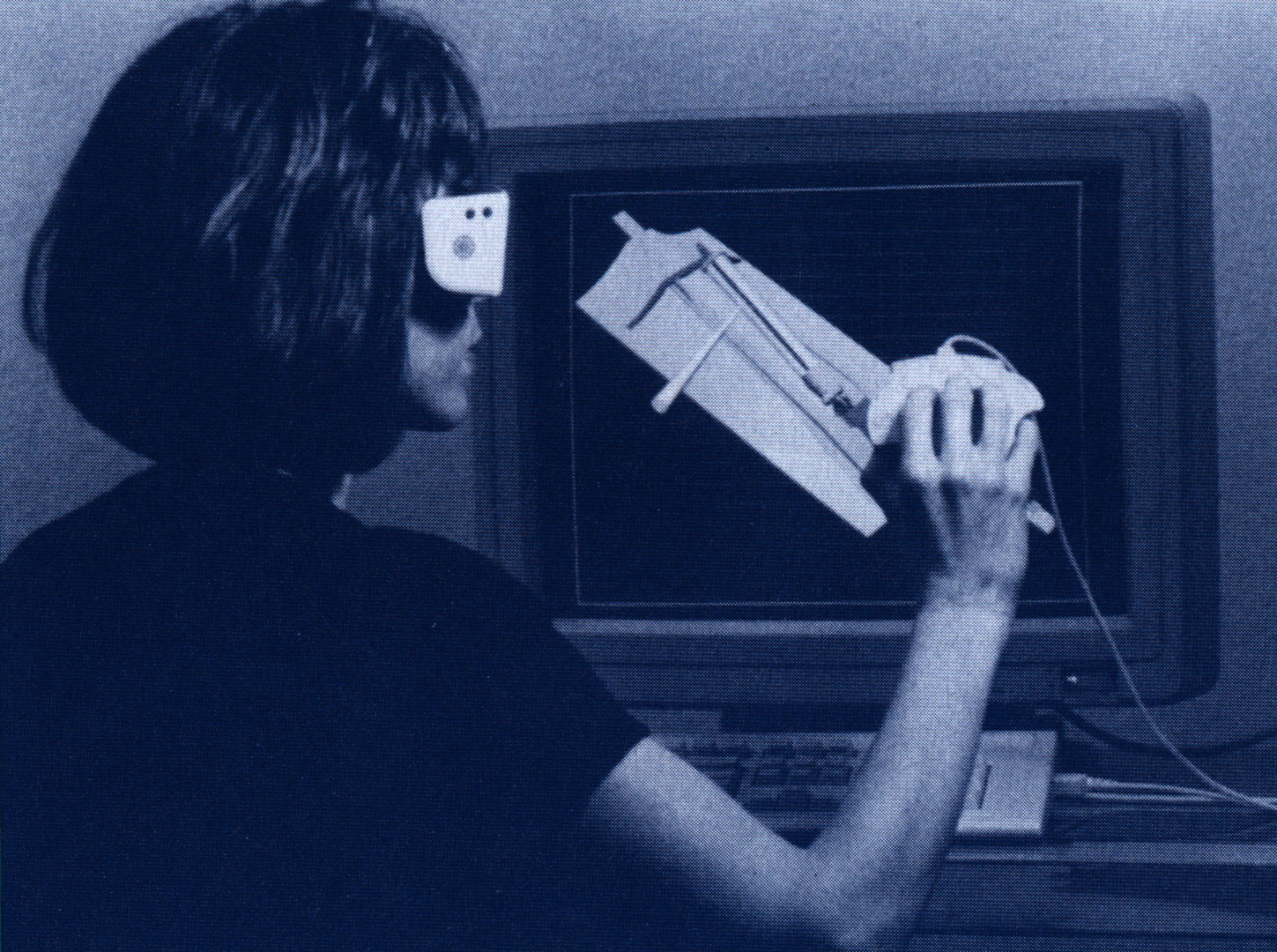“Assembly Modeller – A Manufacturing and Engineering Operations Simulator” by Fusco and Verso
Notice: Pod Template PHP code has been deprecated, please use WP Templates instead of embedding PHP. has been deprecated since Pods version 2.3 with no alternative available. in /data/siggraph/websites/history/wp-content/plugins/pods/includes/general.php on line 518
Conference:
- SIGGRAPH 1991
-
More from SIGGRAPH 1991:
Notice: Array to string conversion in /data/siggraph/websites/history/wp-content/plugins/siggraph-archive-plugin/src/next_previous/source.php on line 345

Notice: Array to string conversion in /data/siggraph/websites/history/wp-content/plugins/siggraph-archive-plugin/src/next_previous/source.php on line 345

Type(s):
Title:
- Assembly Modeller - A Manufacturing and Engineering Operations Simulator
Program Title:
- Demonstrations and Displays
Presenter(s): Presenter(s):
Project Affiliation:
- SimGraphics Engineering Corporation
Description:
One of the most significant problems in many industrial companies is the autonomy of major internal groups such as support, quality assurance, manufacturing, and engineering. This independence inflates both the time and costs required for product development, not to mention compromises in design quality. To improve this situa-tion, companies must adopt organizational changes, implement methods of integrating diverse data sets, and utilize new tools to effectively communicate relevant information among internal groups. SimGraphics’ Automated Airframe Assembly Program (AAAP), an assembly modeller application initiated by the US Air Force, is an example of a next-generation tool. By integrating easily understood fabrication and assembly rules with the part design process, it allows airplane parts, tools, and the manufacturing process to be designed concur-rently. The AAAP implementation of Assembly Modeller is based on SimGraphics’ VR Workbench tool-kit, a software development platform that enables developers to create virtual environments for specific applications. AAAP links assembly modeling to NCAD, Northrop’s production CAD system, and ICAD, a rules-driven engineering system based on artificial intel-ligence. It is designed to provide basic tools for analysis functions such as mechanism operations ver-ification, assembly planning, interference checking, tool planning and other procedures. The virtual reality technology allows users to manipulate objects in the same way they would manipulate real parts on the shop floor. Users can select parts, or sub-assemblies that move according to kinematic restraints, in order to accurately depict part-to-part collisions and visualize tooling needs. Assembly Modeller also features the Flying Mouse, an input device that combines both 2D and 3D sensing technologies with software that utilizes each to maximum advantage. The Flying Mouse feels and performs like a standard three-button mouse and is completely compatible with all existing standard mouse functions and software. Like a standard mouse. it provides an intuitive direct correspondence between the movements of the device and the images on the screen (reach and grab metaphor). But when the Flying Mouse is lifted above a flat surface, its cursor automatically transitions into a 3D mode that allows the user to simultaneously control all six degrees of freedom of a scene or object. One Flying Mouse is also equipped with a module that provides tactile feedback when objects collide in virtual space. The SIGGRAPH ’91 demonstration of Assembly Modeller uses nonproprietary data and accommodates two interacting users. In an ideal system designed to facilitate optimum workgroup communication, users from a variety of departments would be networked together so that they could all view the same virtual parts and sub-assemblies, and their interactions. The users could also communicate with each other to make design and operations changes in real time. These capabilities allow the full range of technical workgroups, from design to manufacturing, to collaborate while the product is still in preliminary development. The result: problems that would normally not appear until later in the manufacturing and product testing cycle can be identified and solved when alteration costs are still relatively small.
Other Information:
Application: Engineering design, industrial product design
Type of System: Authoring, multi-user and single-user
Interaction Class: Desktop/vehicle
Hardware
Silicon Graphics 4D VGX, Sim-Graphics Flying Mouse, Stereo-Graphics CrystalEyes, Ascension Technology bird, Polhemus 3Space
Isotrack, TiNi Alloy Company tactile element
Software
Assembly Modeller
SimGraphics VR Workbench
Acknowledgements:
SimGraphics Engineering Corporation Credits: Gary Crum, Norm Evangelista, Brian Freyburger, Michael J. Fusco, M.L. Gillies, Tony Sawyer, Steve E. Tice, Dave Verso, Len Wanger, John Zulauf
Other Credits: Forest Baskett, Robin Michaels, Josh Mogel, and Alan Trimble of Silicon Graphics Computer Svstems; Bob Joy, Ken Lindsay, and Julie Nunn of Northrop Corporation; Eric Gregory; Chris Walker






